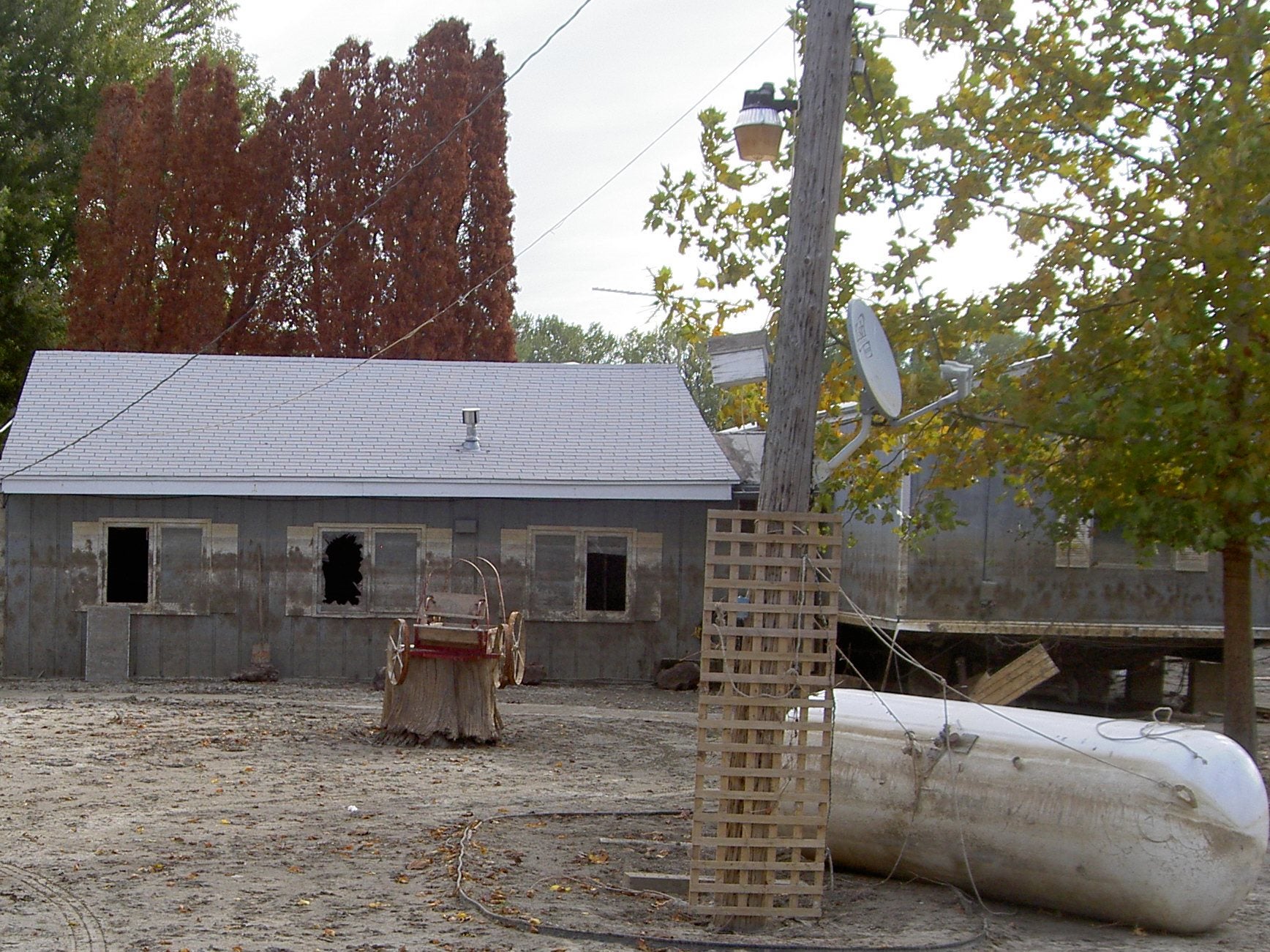By Mitch Paine, CFM
From September 2016 Floodplain Management Today
Every National Flood Insurance Program (NFIP) policy includes a provision called Increased Cost of Compliance (ICC). This coverage can help cover the cost of bringing a flood-damaged building into compliance with floodplain management regulations. While this mainly involves individual flood insurance policies, floodplain administrators play an important role in helping their citizens access ICC funds.
If a home is damaged by more than 50% of its pre-damage value, then local floodplain regulations stipulate that when the home is rebuilt it must be elevated to at least 1-foot above the base flood elevation. The cost to do that may be significant for the family who owns the home, so they can access the ICC coverage, which can contribute up to $30,000 to elevate the home.
ICC coverage is part of every NFIP policy, so as long as a homeowner or business owner carries flood insurance, they can access funds to help elevate the home or mitigate the building. ICC not only helps bring damaged buildings into compliance, it also helps families and businesses become more resilient to the next flood that hits.
ICC Triggers
There are 3 requirements for a policyholder to access ICC coverage: incurring flood damage, obtaining a substantial damage letter from their floodplain administrator, and filing the letter with their flood insurance agent.
First, the damage to the property must be caused by flooding. Damage from other sources cannot trigger ICC. If a property is damaged by flooding and by wind, only the damage from flooding can count toward the damage estimate.
Second, the property must sustain substantial damage. Floodplain administrators play an important role in this part of the process. After any damage occurs to buildings, the floodplain administrator must evaluate whether or not individual building damage is over 50% of the pre-damaged value. This is required as part of every community floodplain management ordinance. If a property is determined to be damaged by more than 50% of the pre-damaged value, then communities should send letters to affected building owners indicated floodplain management standards.
These letters are then what a policyholder needs to submit to the flood insurance agent to start the process for ICC coverage being paid out and are the third requirement for ICC. An agent cannot process ICC claims without the substantial damage letter. Once that letter is in hand, the agent then works with the policyholder to start the process. The policyholder will also have to hire a contractor to complete the home elevation or other mitigation activity. The insurance company can actually pay half of the ICC claim before the home elevation or other activity is completed and then upon final permit, the remaining half of the claim is paid.
Post Flood Situations
After any major flood disaster, many communities evaluate buyout programs that help remove particularly floodprone structures from the floodplain. Many homeowners want this as well so they never have to go through a flood again. Often, federal mitigation funds are used to do this, but they require a local cost share. ICC, if available to a policyholder, can be used to contribute toward the cost of acquiring a property and can count as the local cost share of a federally-funded project.
Many solutions are available to reduce flood risk in our communities, but often the biggest obstacle is finding funding to do projects. ICC, with help from floodplain administrators offers relatively easy and accessible funding for making substantially-damaged buildings safer and communities more resilient to flooding.
For more information about ICC coverage, feel free to contact Katie Ringland at Katie.Ringland@nebraska.gov or (402) 471-2094.
FEMA also makes a guidance document available in this link, entitled “Increased Cost of Compliance Coverage: Guidance for State and Local Officials.”










